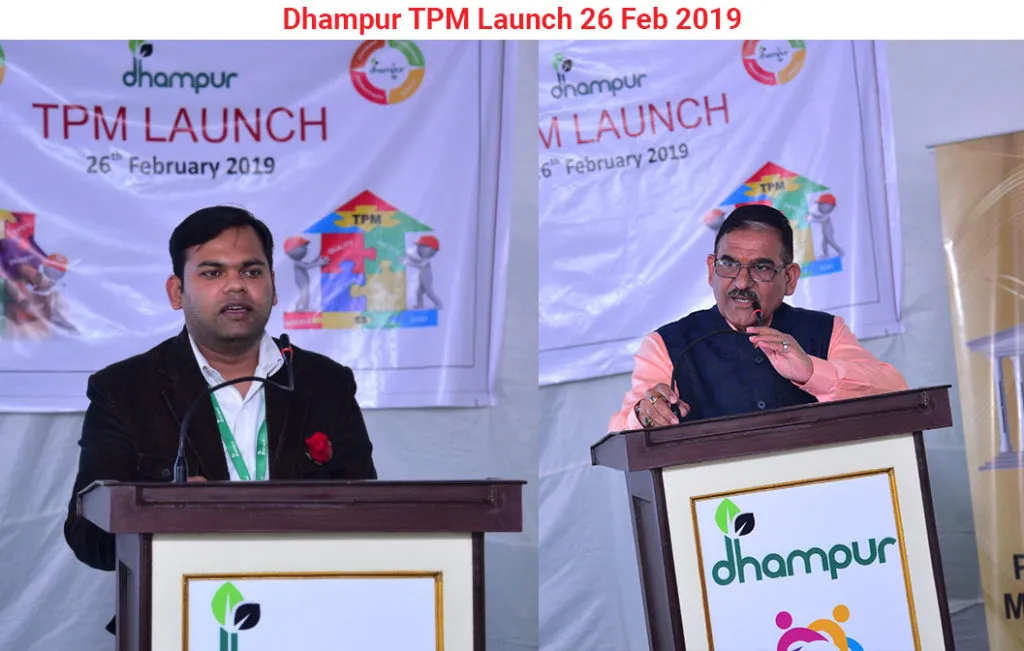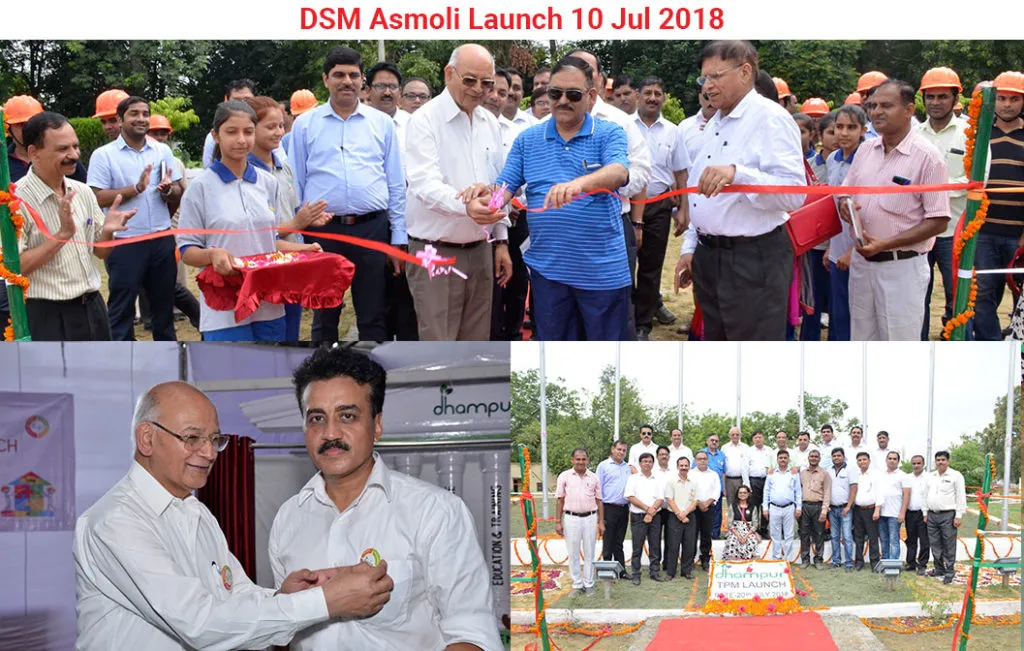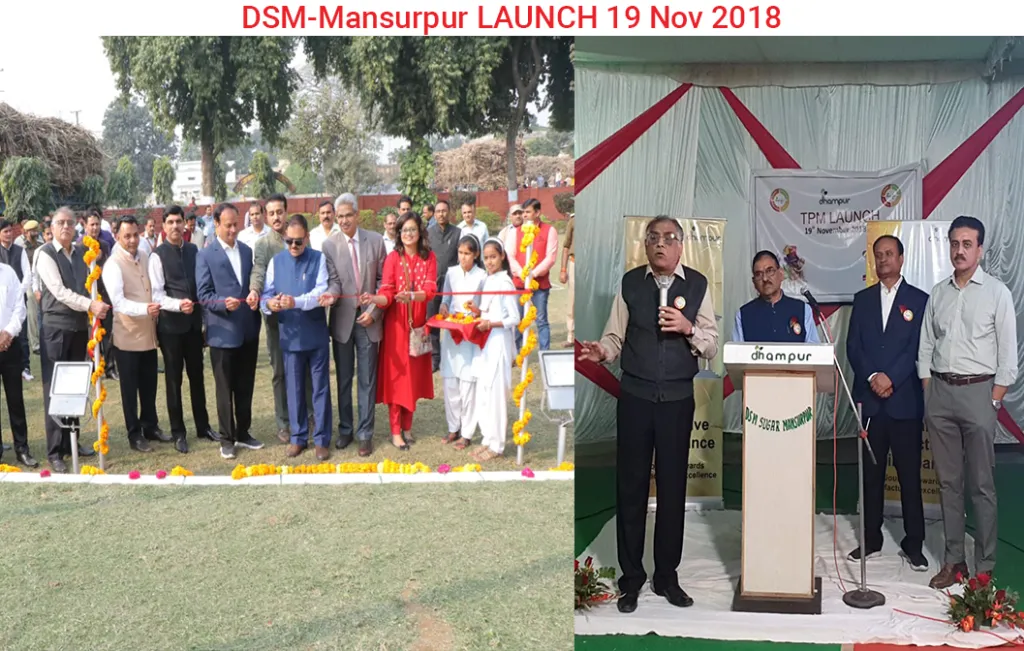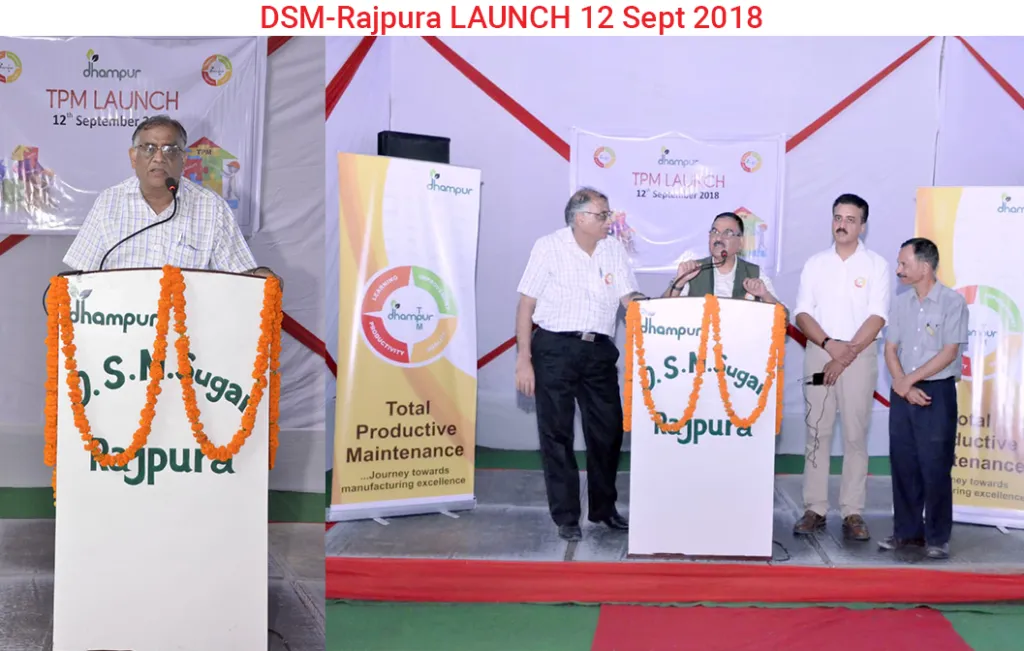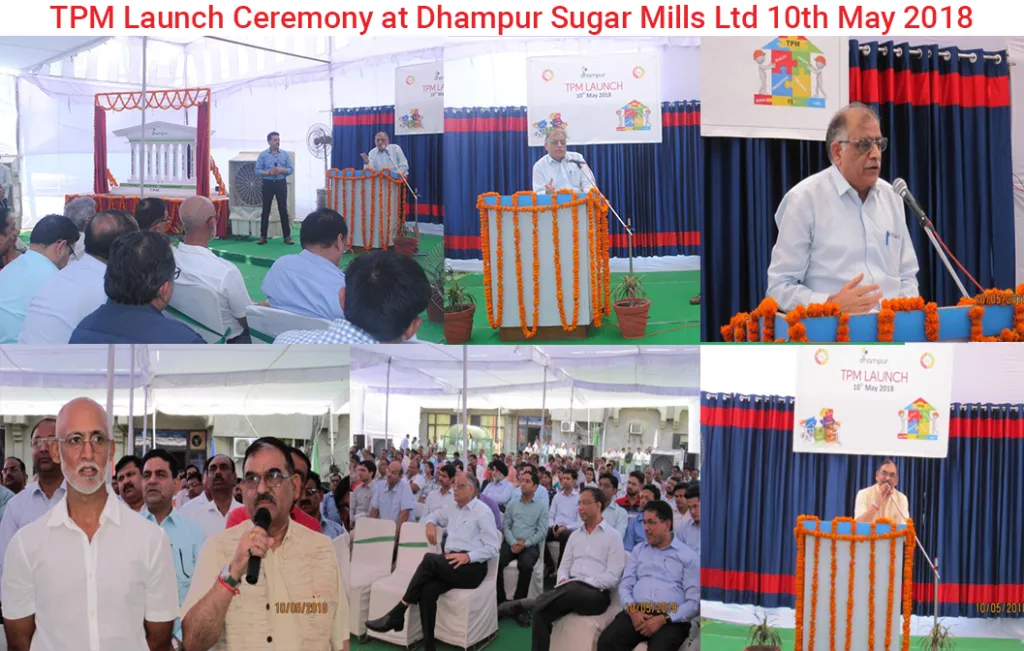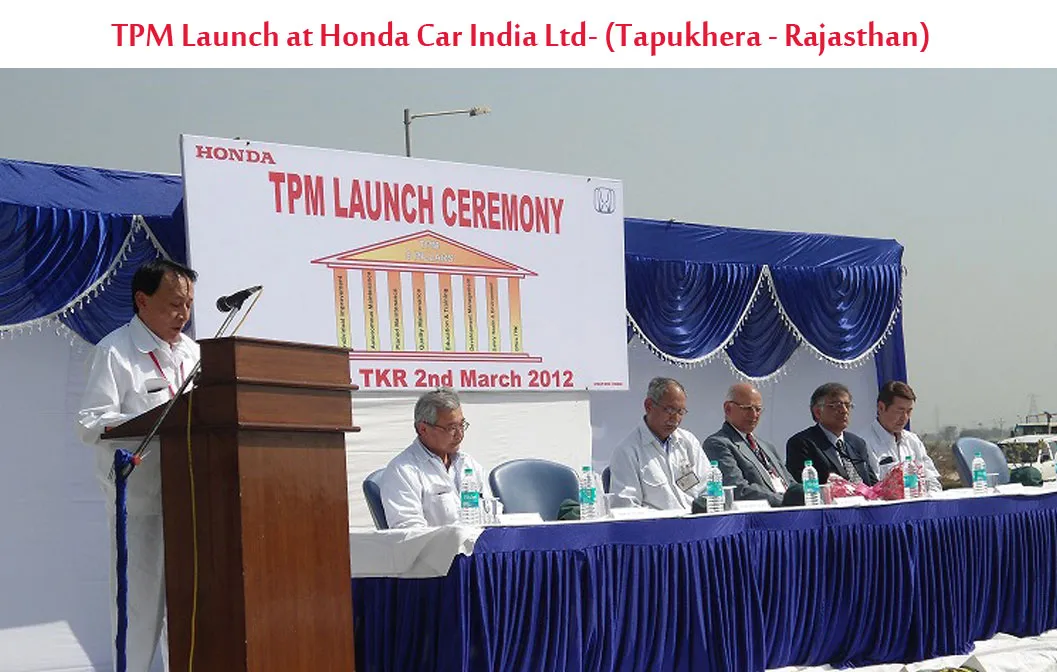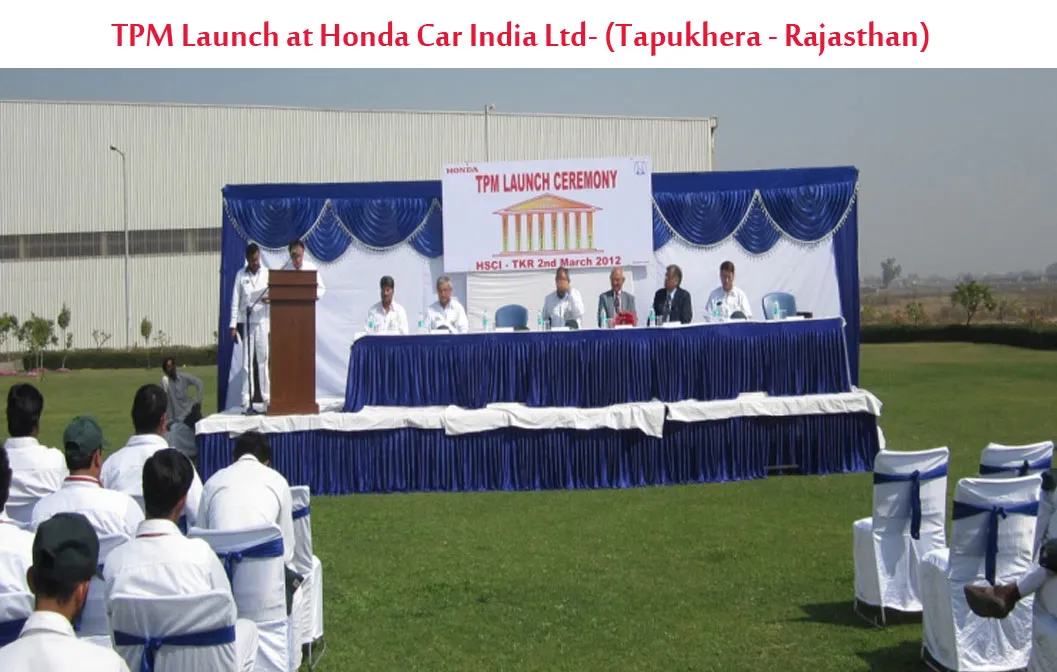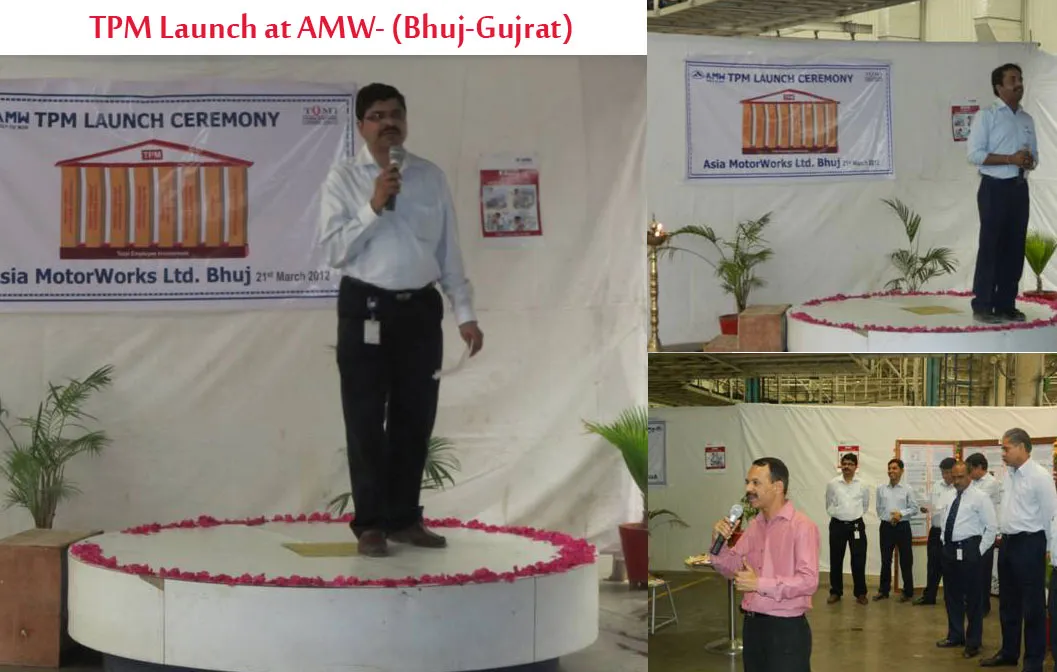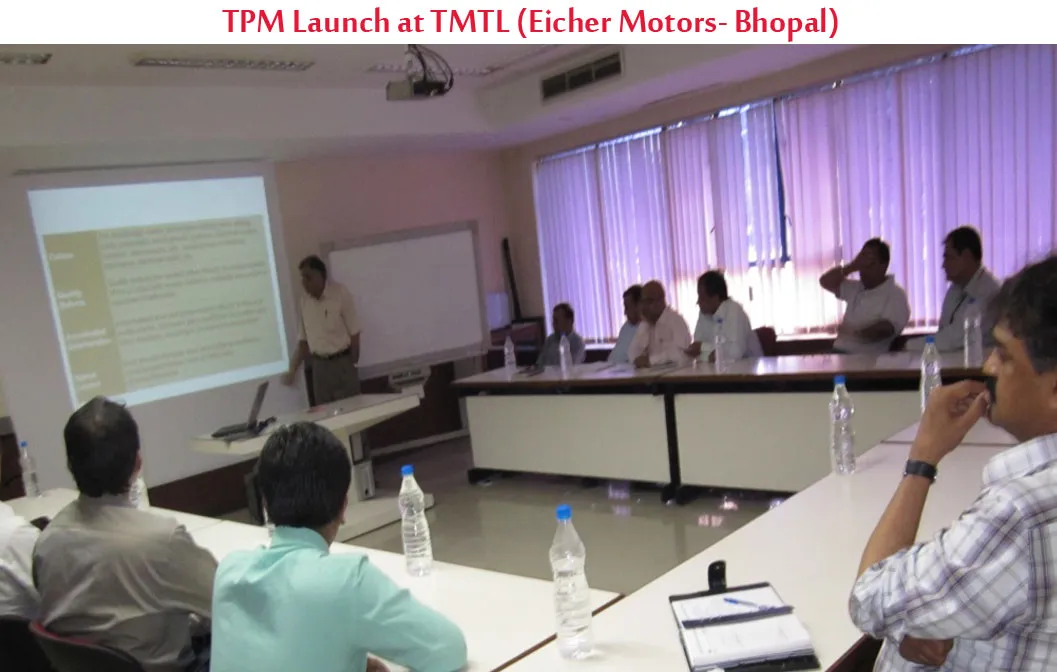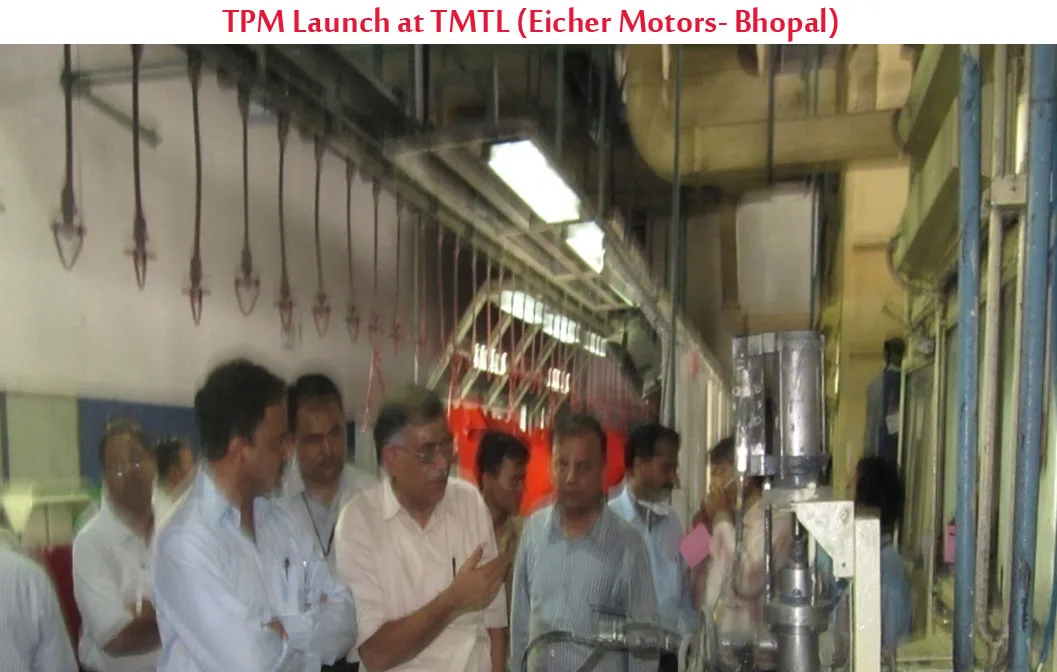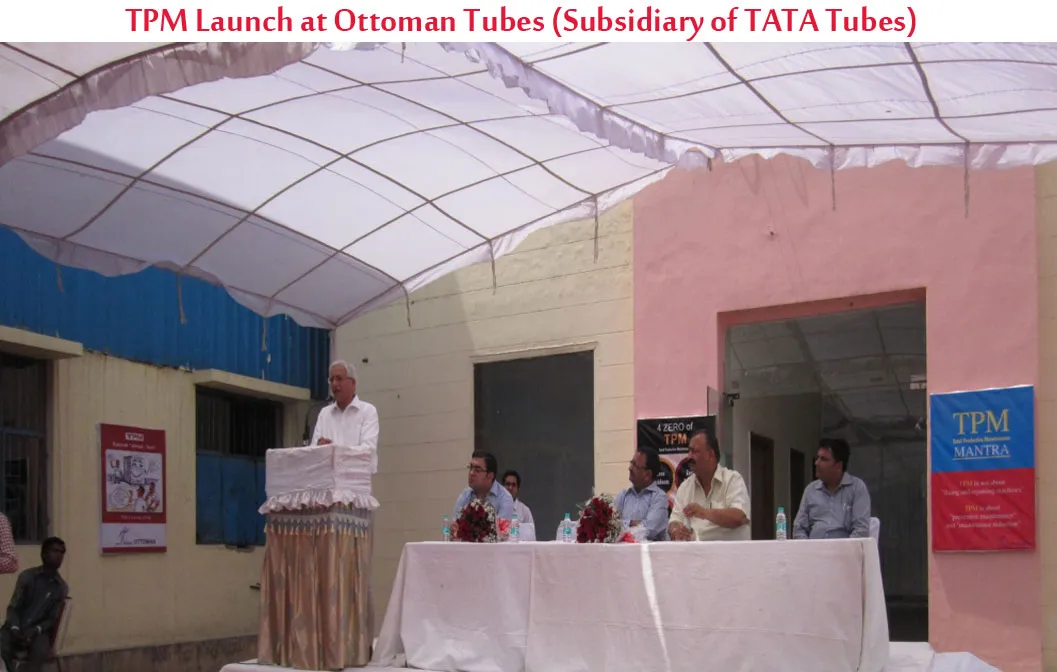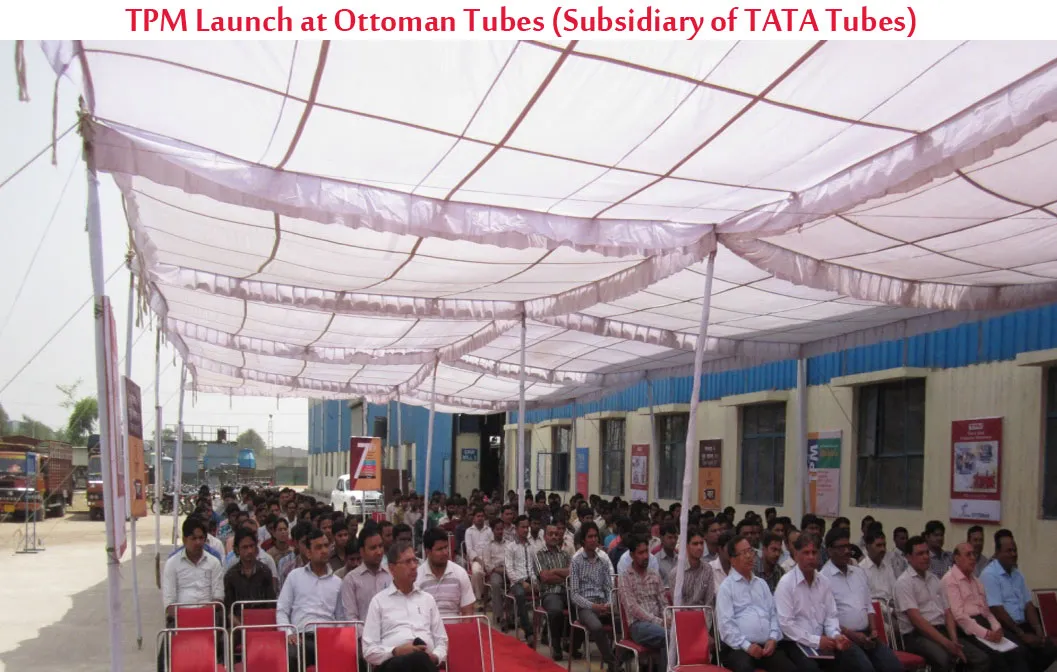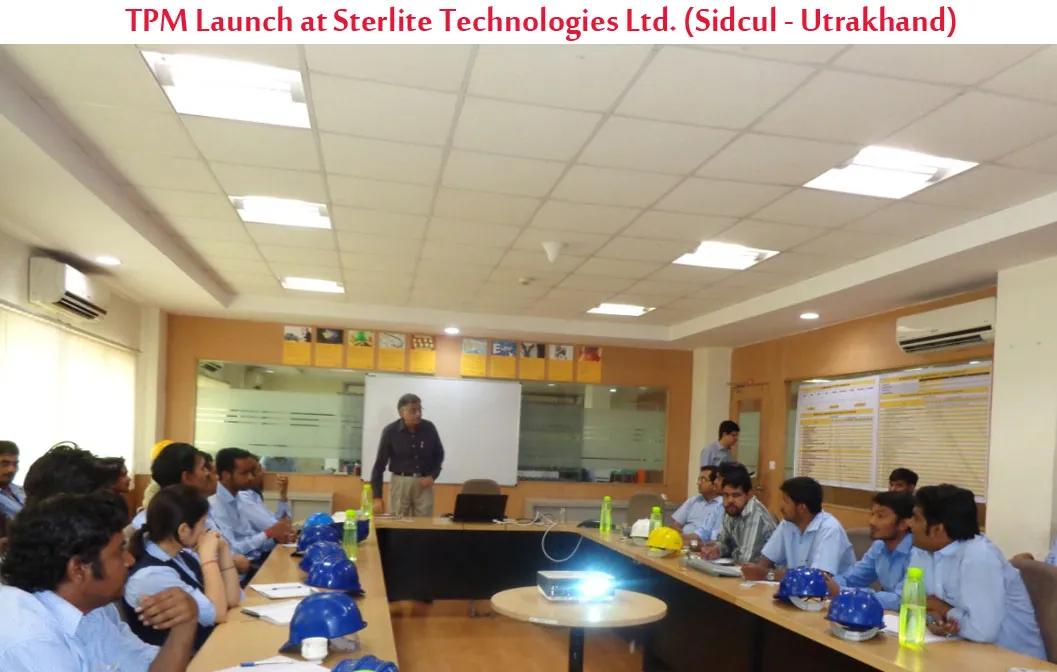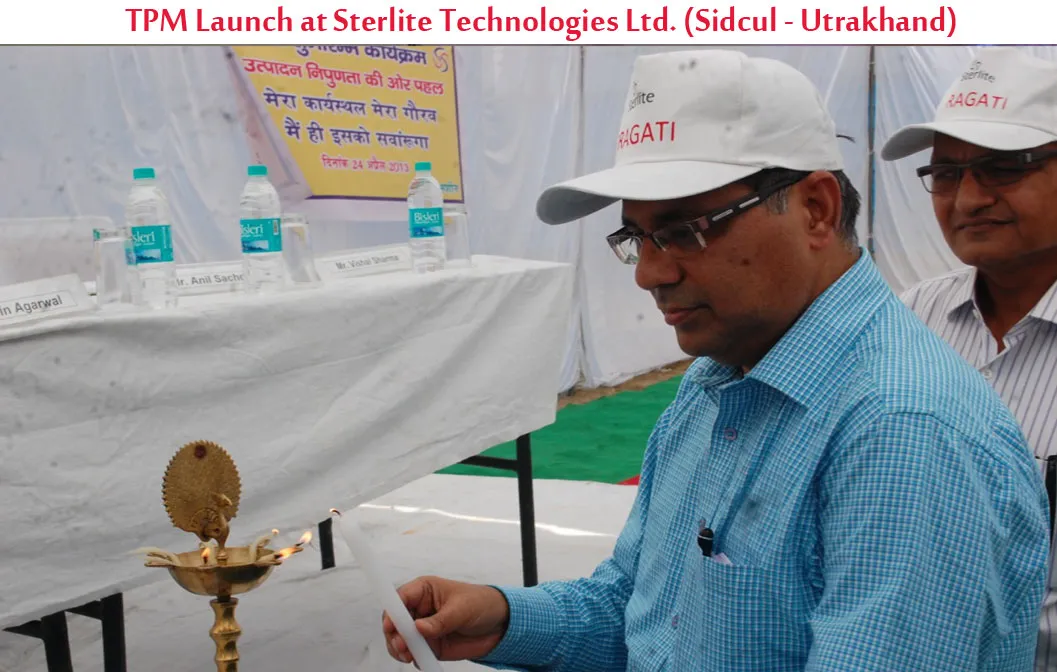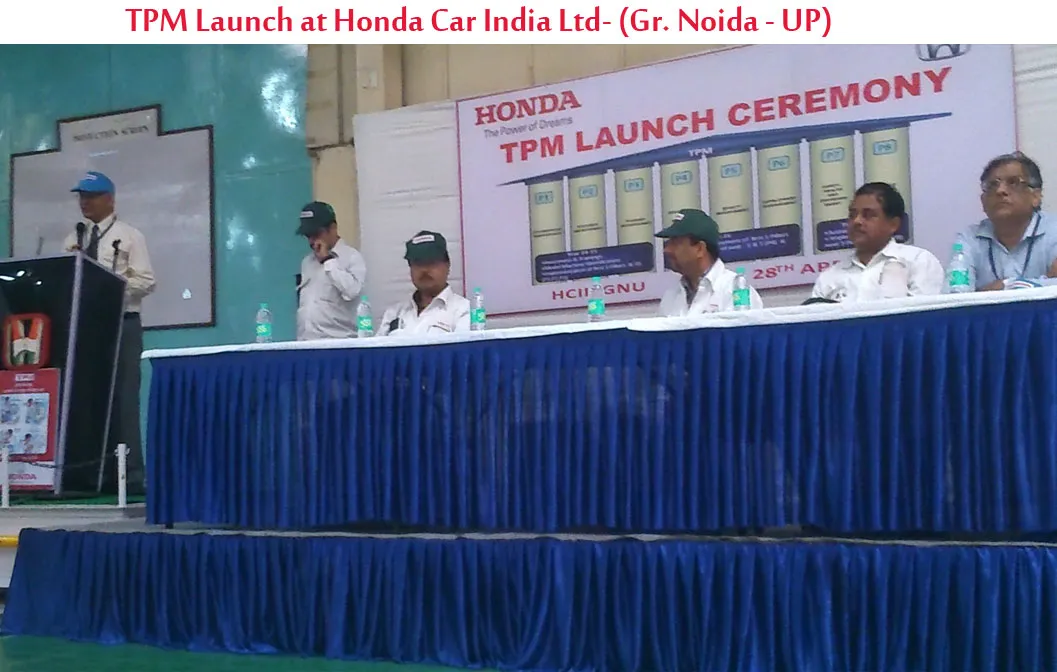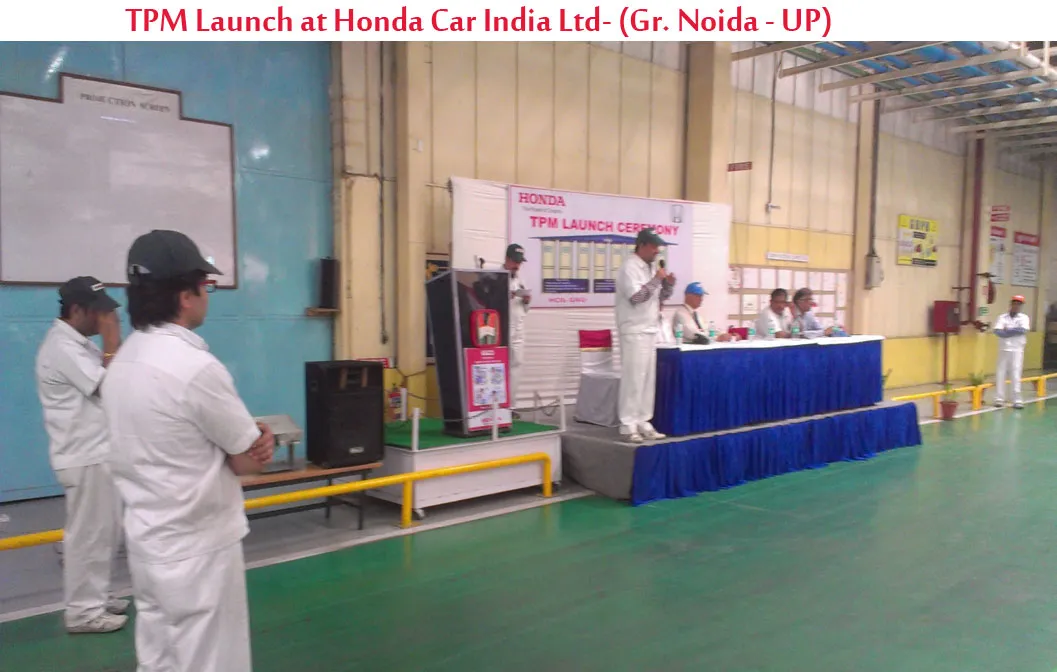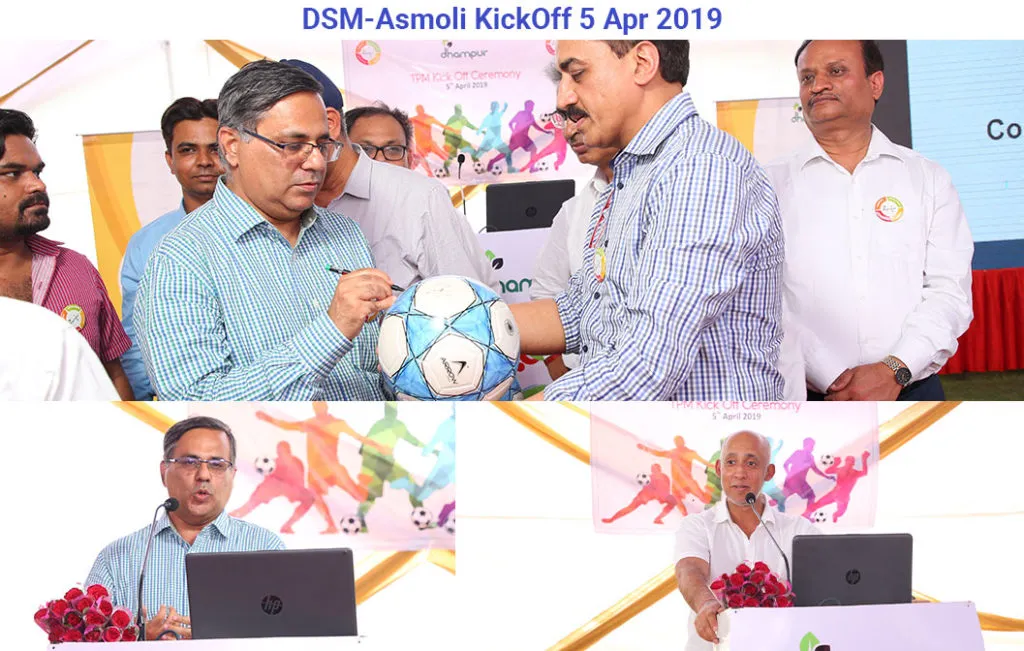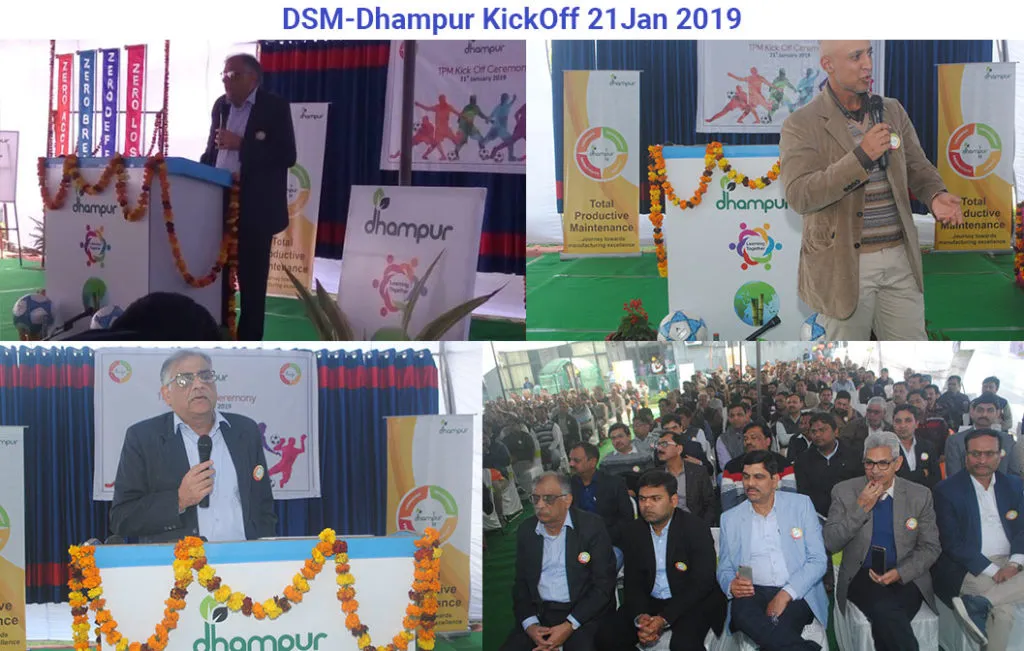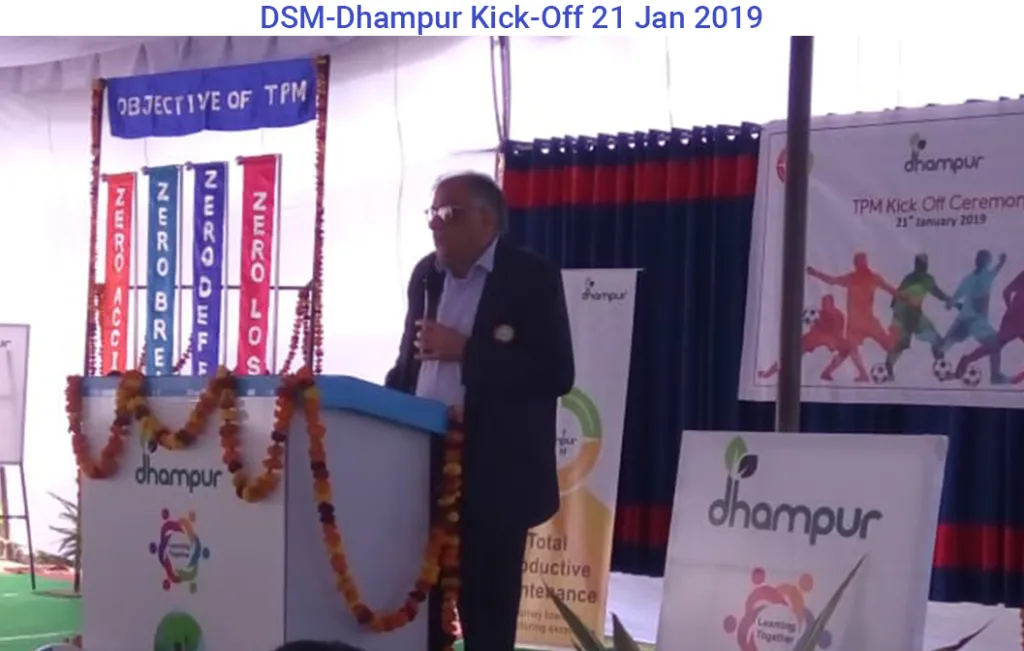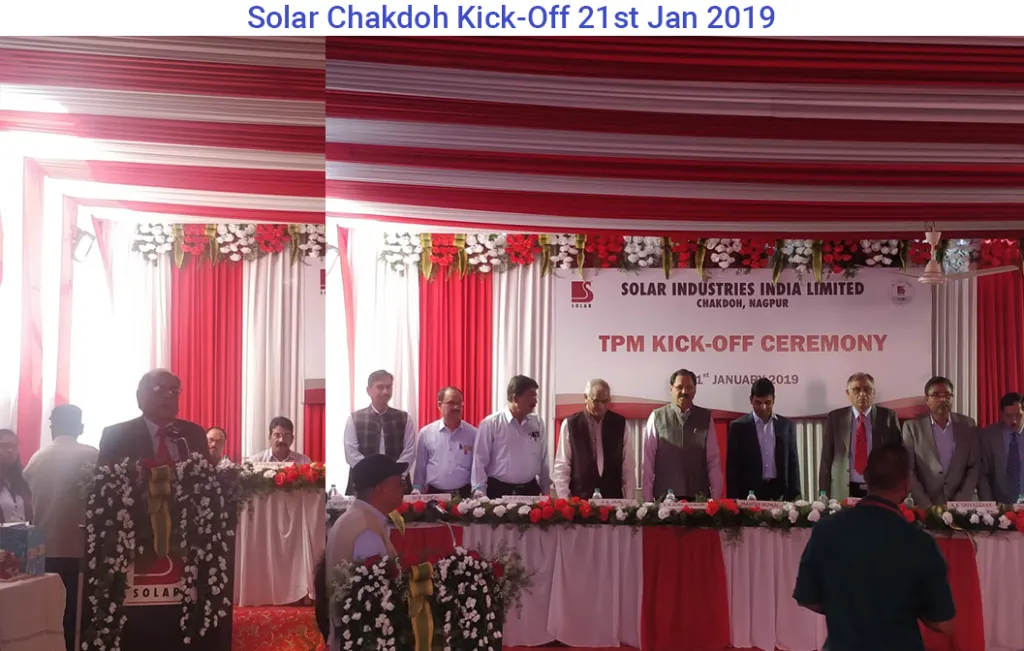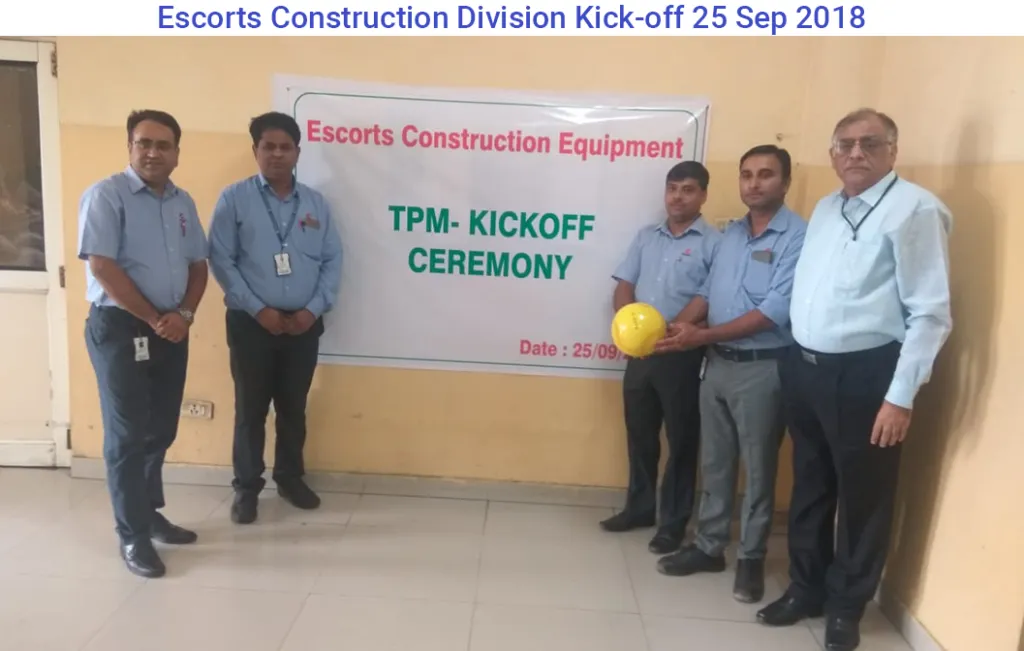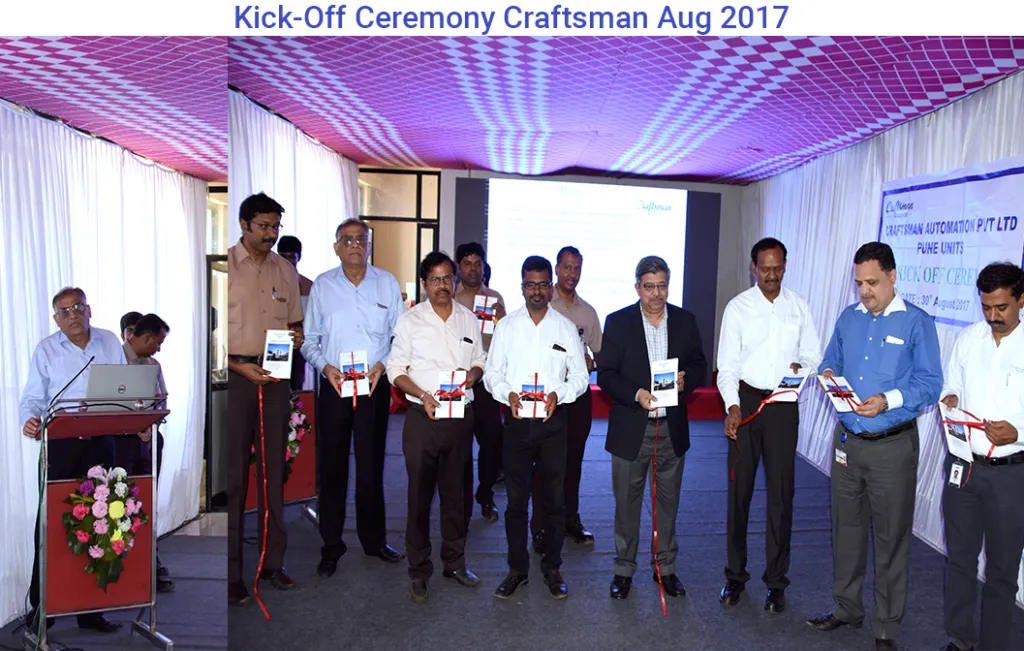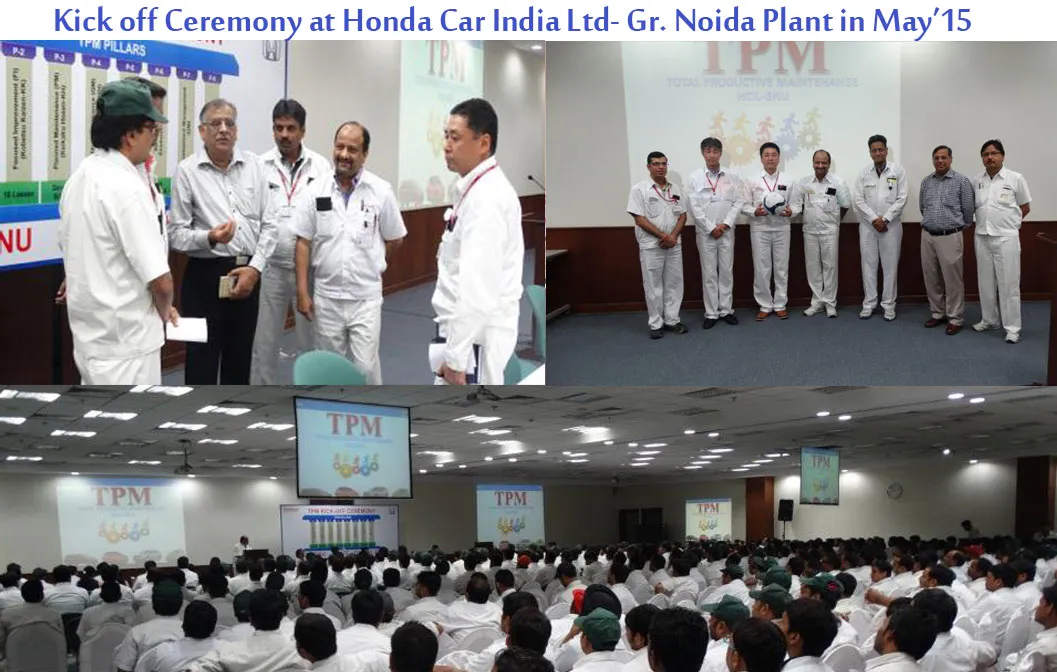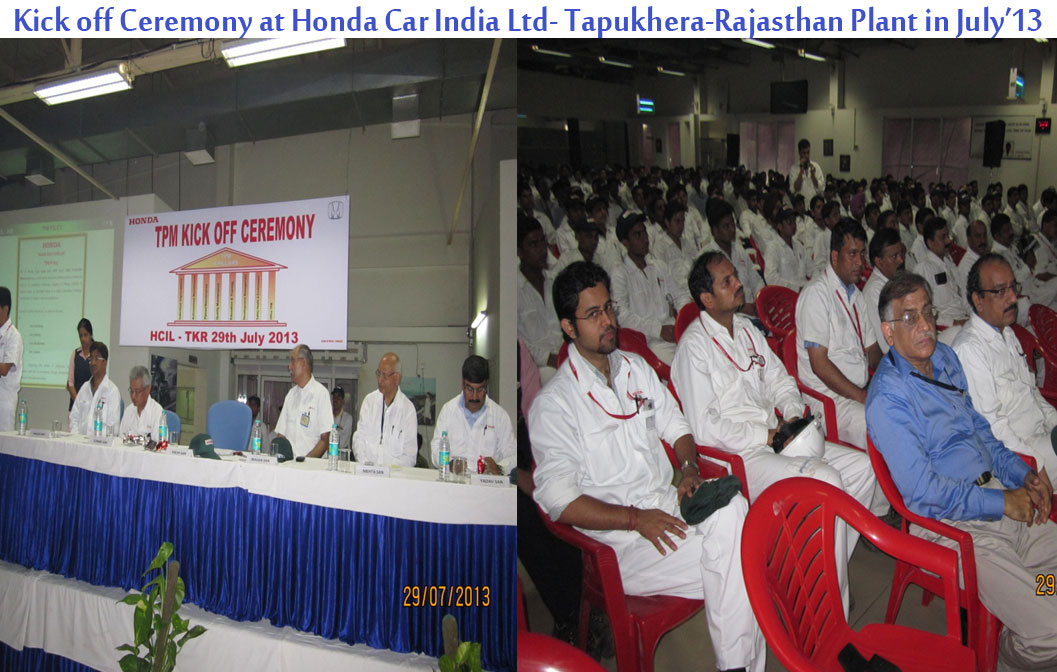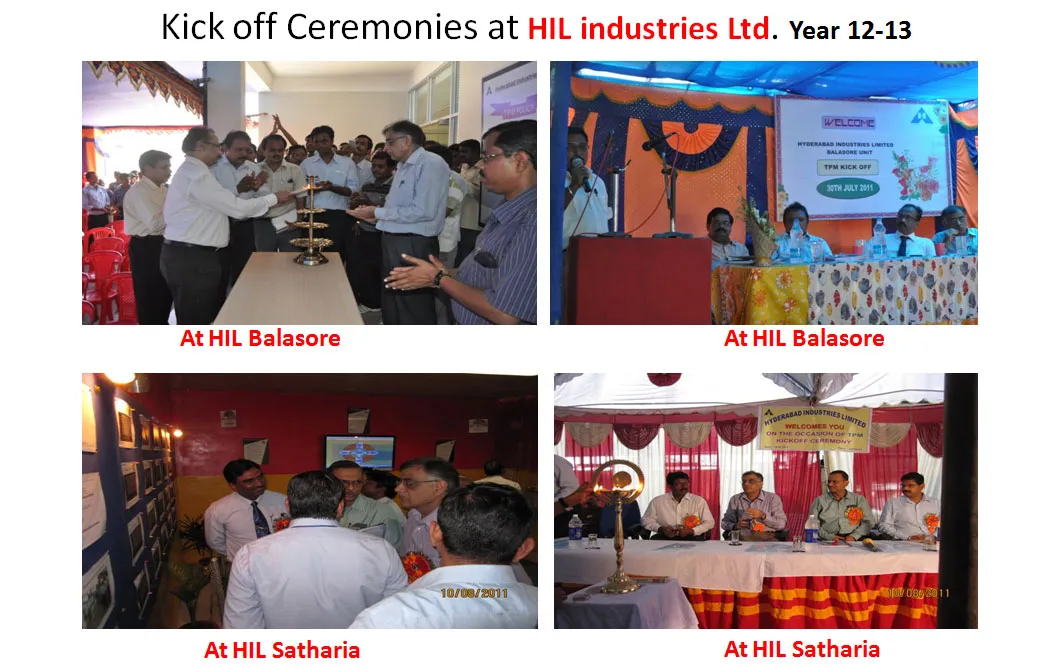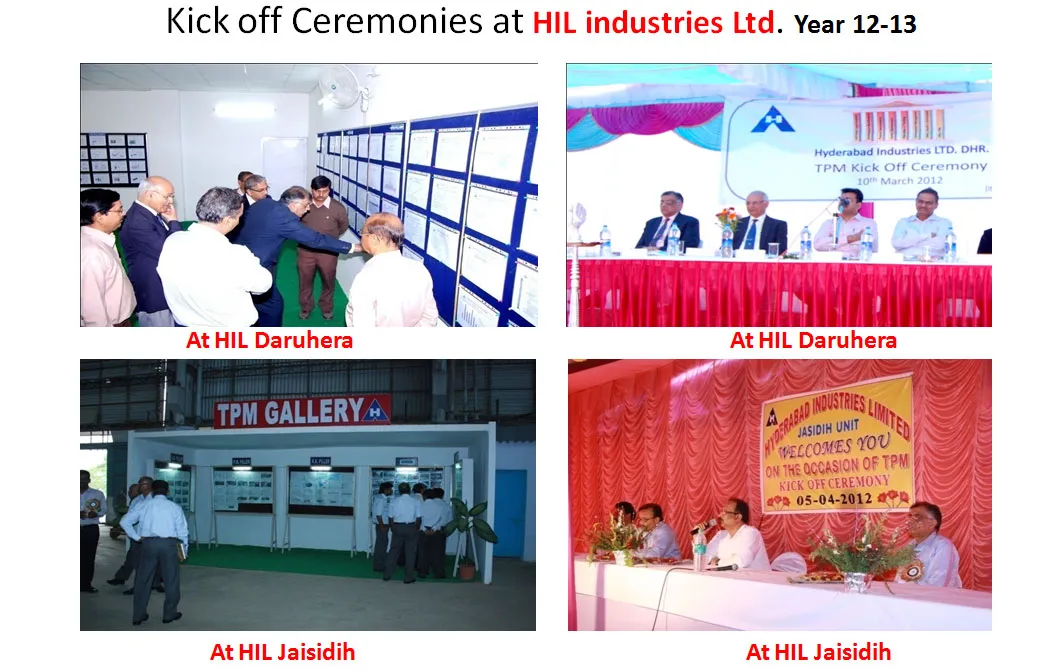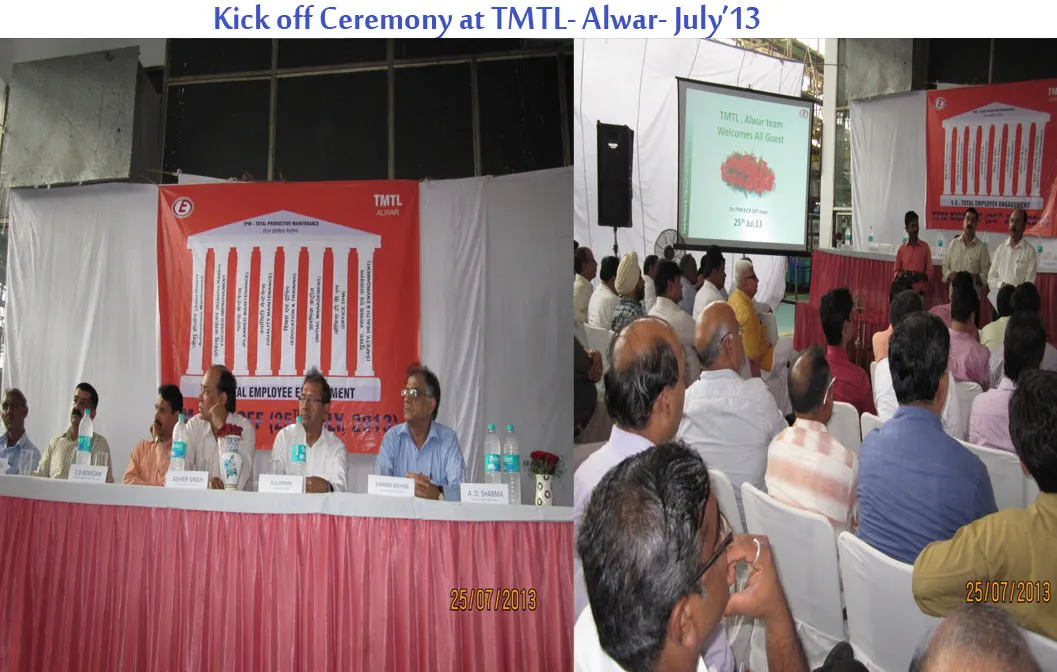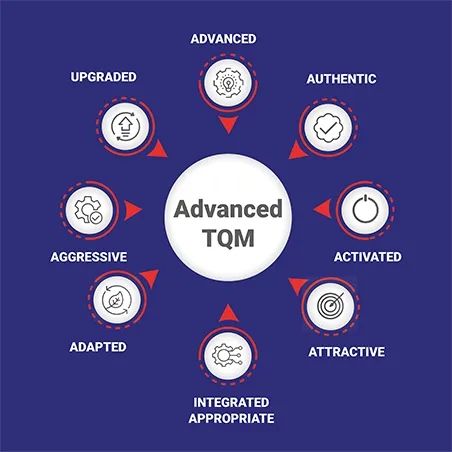
Goal of Total Productive Maintenance (TPM)
TPM aims at :
1.Restructuring the corporate culture through improvement of human resources and plant
equipment.
2.Creates a bright, clean, pleasant factory.
3. Means to reinforce people and facilities, resulting in a invigorated organisation.
4. Improves “Overall Equipment Effectiveness”.
5. Improves “Cross Functional Working” by eliminating departmental walls.
6. Makes possible “Man-less Operation”, “Factory-operation
7. Makes “Lean-Production” and “JIT” possible.
- First is having insufficient knowledge and skills especially in understanding the linkages between the 8 Pillar-Activities in TPM.
- The second reason is that TPM requires more time, resources and efforts.
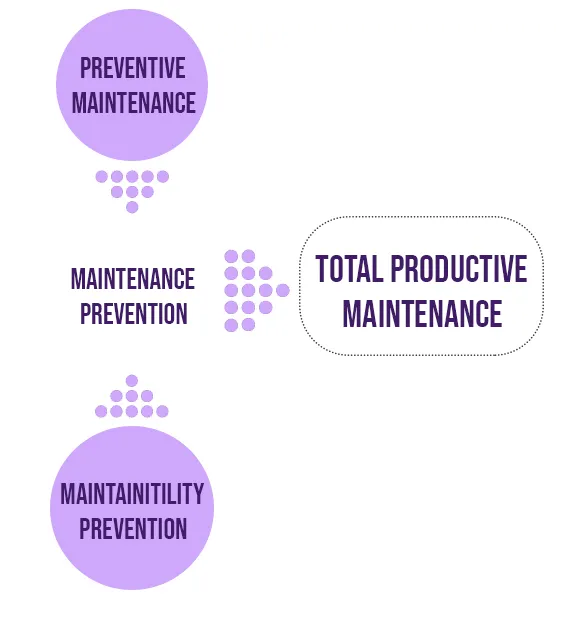
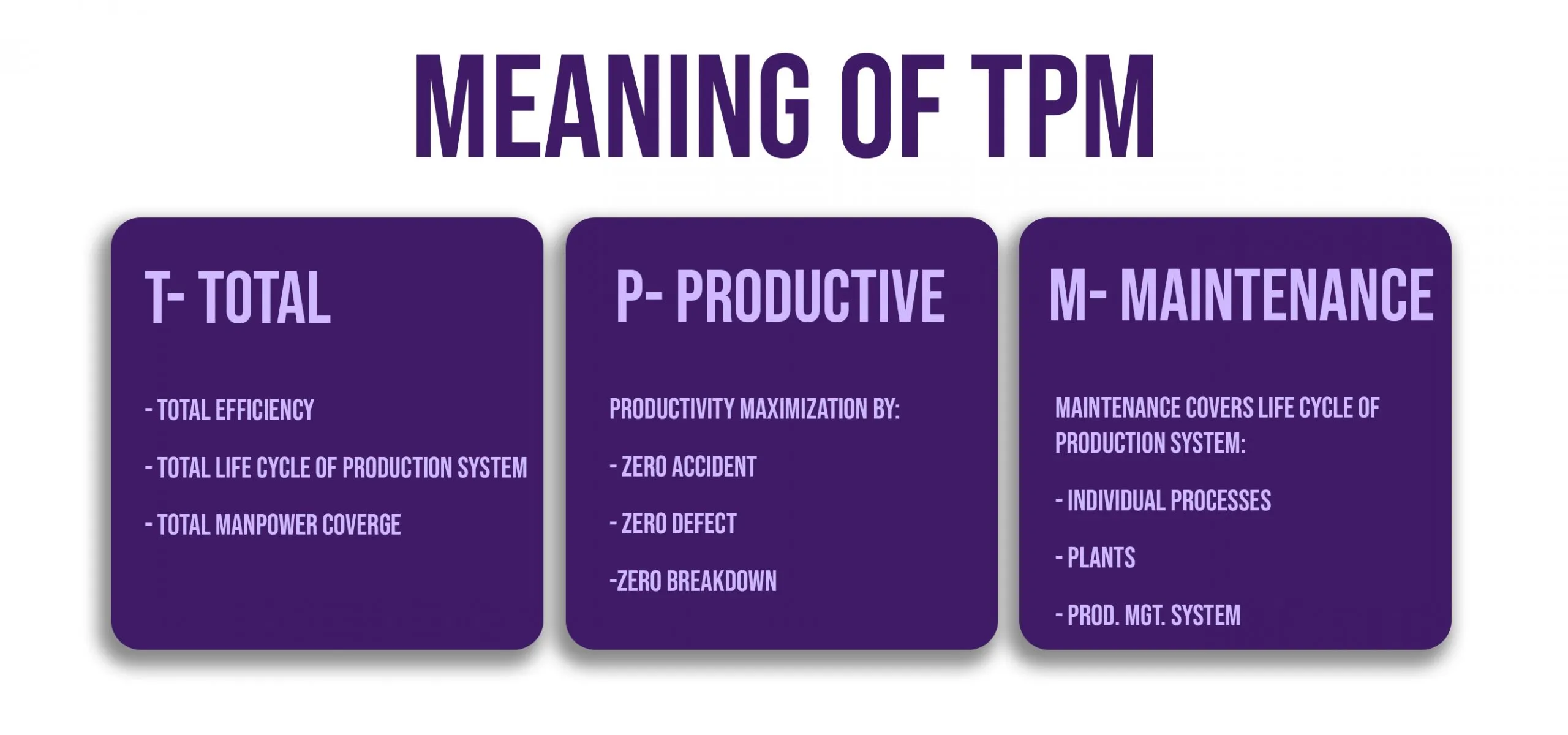
TPM identifies the losses (types of waste) (muda), namely set-up and initial adjustment time, equipment breakdown time, idling and minor losses, speed (cycle time) losses, start-up quality losses, and in process quality losses, and then works systematically to eliminate them by making improvements (kaizen).
TPM has 8 pillars of activity, each being set to achieve a “zero” target. These 8 pillars are the following: Focussed improvement (Kobetsu Kaizen); Autonomous maintenance (JishuHozen); Planned maintenance; Training and education; Early-phase management; Quality maintenance (HinshitsuHozen); office TPM; and Safety, health, and environment.
Few organisations also add Pillars according to their Work Place like: Tools Management; Information Technology & more. The Base for the TPM Activity is 5S.
TPM success measurement - A set of performance metrics which is considered to fit well in a lean manufacturing/TPM environment is overall equipment effectiveness, or OEE. For advanced TPM world class practitioners, the OEE cannot be converted to costs using Target Costing Management (TCM) OEE measurements are used as a guide to the potential improvement that can be made to equipment.

